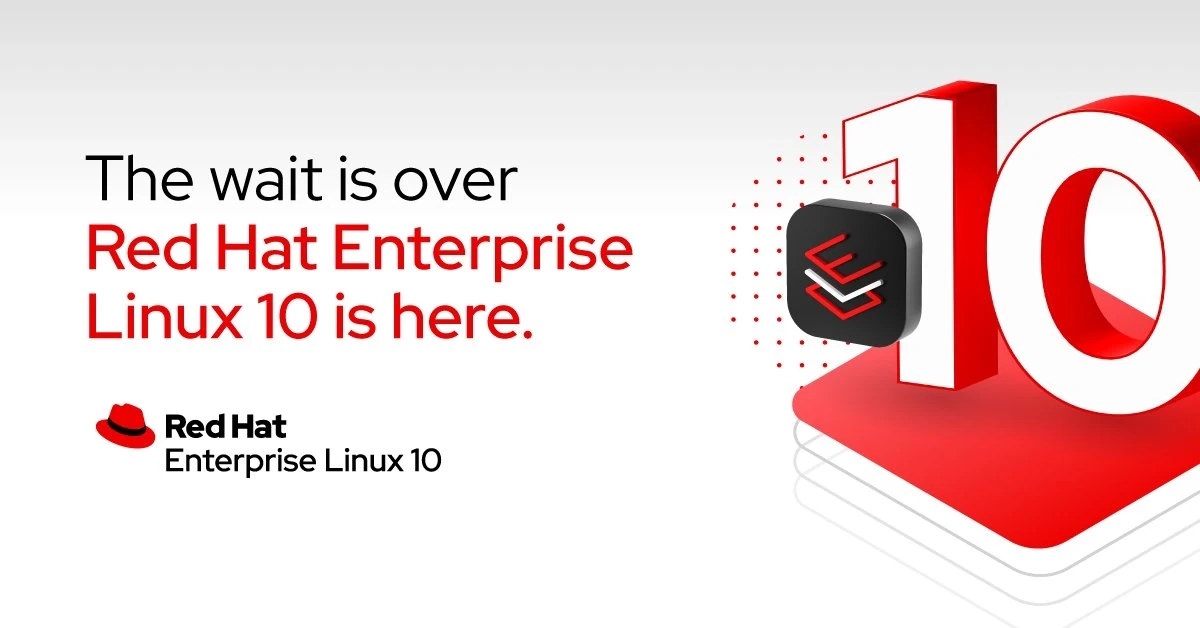Today marks the release of Red Hat Enterprise Linux (RHEL) 10, a significant update with several new features and enhancements. One of the standout features is Red Hat Enterprise Linux Lightspeed, which seamlessly integrates generative AI into the platform. This tool offers context-aware guidance and actionable recommendations through a natural language interface, enabling both novice and seasoned IT professionals to efficiently manage extensive Red Hat Enterprise Linux environments.
RHEL 10 also introduces compliance with Federal Information Processing Standards (FIPS) for post-quantum cryptography, enhancing organizational defenses against future cyber threats. The operating system now includes an image mode, simplifying the process of building, deploying, and managing RHEL through container technologies. This feature allows customers to oversee their IT landscape—ranging from containerized applications to the underlying platform—using consistent tools and practices, which reduces configuration drift and unexpected patch deviations.
Moreover, RHEL 10 updates Red Hat AI solutions to support running images across major cloud infrastructures like AWS, Google Cloud, and Azure. It also adds extended IT toolkits, partner-validated solutions, RISC-V support, and the Red Hat Enterprise Linux Security Select Add-On.
Detailed release notes can be found in the release notes. RHEL 10 is currently available through Red Hat’s Customer Portal for all existing customers with an active subscription. New users can download a 60-day evaluation edition here.
